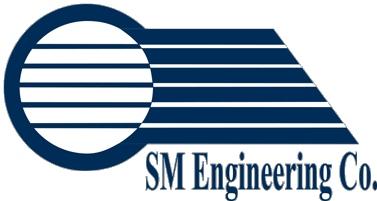-
Americans generate 258 million tons of garbage annually.
-
The average American produces 4.4 pounds of garbage per day. That breaks down to 2.9 pounds of municipal solid waste (MSW) and 1.5 pounds of recycling each day.
 The Current State of Our Municipal Solid Waste System
The Current State of Our Municipal Solid Waste System
In their recent report on the state of the country’s municipal solid waste system, researchers at the American Society of Civil Engineers (ASCE) gave the country a C+ rating for its disposal of MSW in their recent report on the state of the country’s municipal solid waste system. Just over half of the nation’s waste ends up in landfills. While a significant figure, this number has plateaued in recent years as solid waste companies find alternatives to dumping. More than a third of the nation’s waste is now recycled, and nearly 13 percent of it is used in energy production.
Since landfills and other MSW facilities are both publicly and privately held, it’s difficult to know how much capacity the nation’s waste facilities have. The ASCE team believes current facilities can handle the country’s current needs.
However, the distribution of these facilities is not uniform. The majority of landfills, for example, are in the South and West. Recycling facilities only exist in areas where there is a demand for recycled materials. As a result, there are regions where residents send more than 70 percent of their waste to landfills.
Three Solid Waste Success Stories: Recycling, Composting, and Combusting
While there is room for improvement, the ASCE report found that nationwide recycling, composting, and combusting of solid waste help the United States recover resources that otherwise lie untapped in the nation’s landfills.
The nation diverts 66.4 million tons of MSW to recycling programs, 23 million tons of organic MSW to composting, and 33.1 million tons of MSW to waste-to-energy facilities where waste is combusted for energy. These success stories give other industries access to recycled materials, rich organic compost, and renewable energy.
Three Solid Waste Future Opportunities: Funding Innovation, Increasing Resiliency, and Improving Collaboration
While a C+ is a fair grade, it leaves room for improvement. The ASCE team identifies three opportunities for future growth in the MSW sector: funding for innovation, increasing resiliency of MSW facilities, and improving collaboration between municipal and private MSW services.
Since many private companies handle the disposal of MSW, funding innovations within MSW facilities—and the motivation to divert more waste to recycling, composting, and combusting—are at the whim of market forces. The ASCE team recommends federal and state legislators act to promote innovation in MSW facilities to increase the amount of waste recovered through recycling, composting, and combusting.
As the effects of global warming increase in severity, the ASCE researchers recommend that waste companies and municipal departments invest in ways to make their facilities more resilient. Natural disasters can shut down facilities and destroy infrastructure. Companies and departments that handle MSW should create disaster plans and invest in improvements to their facilities to minimize these impacts.
Finally, the report suggests that private and public MSW organizations work together to improve regional and national MSW handling. This may include better collaboration between state governments to improve access to recycling, composting, and combusting programs in regions where none are available.
Municipal solid waste is a potential resource for materials and energy for many American industries. Do you incorporate recycled materials or waste-to-energy programs in your area? We’d love to help you make the most of them! Contact the SM Engineering team today.


